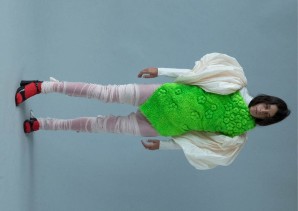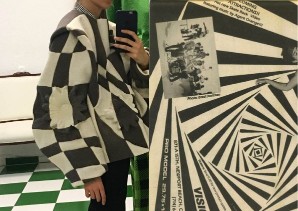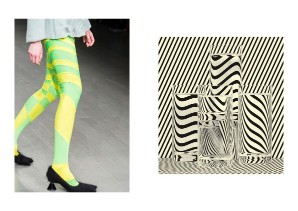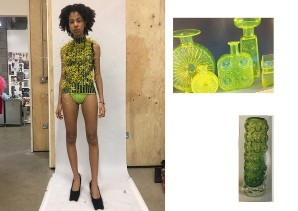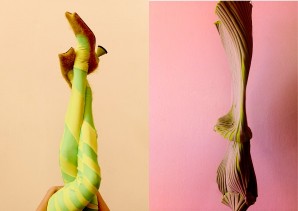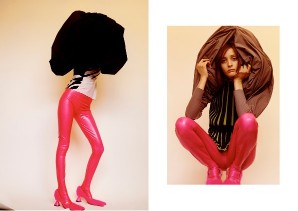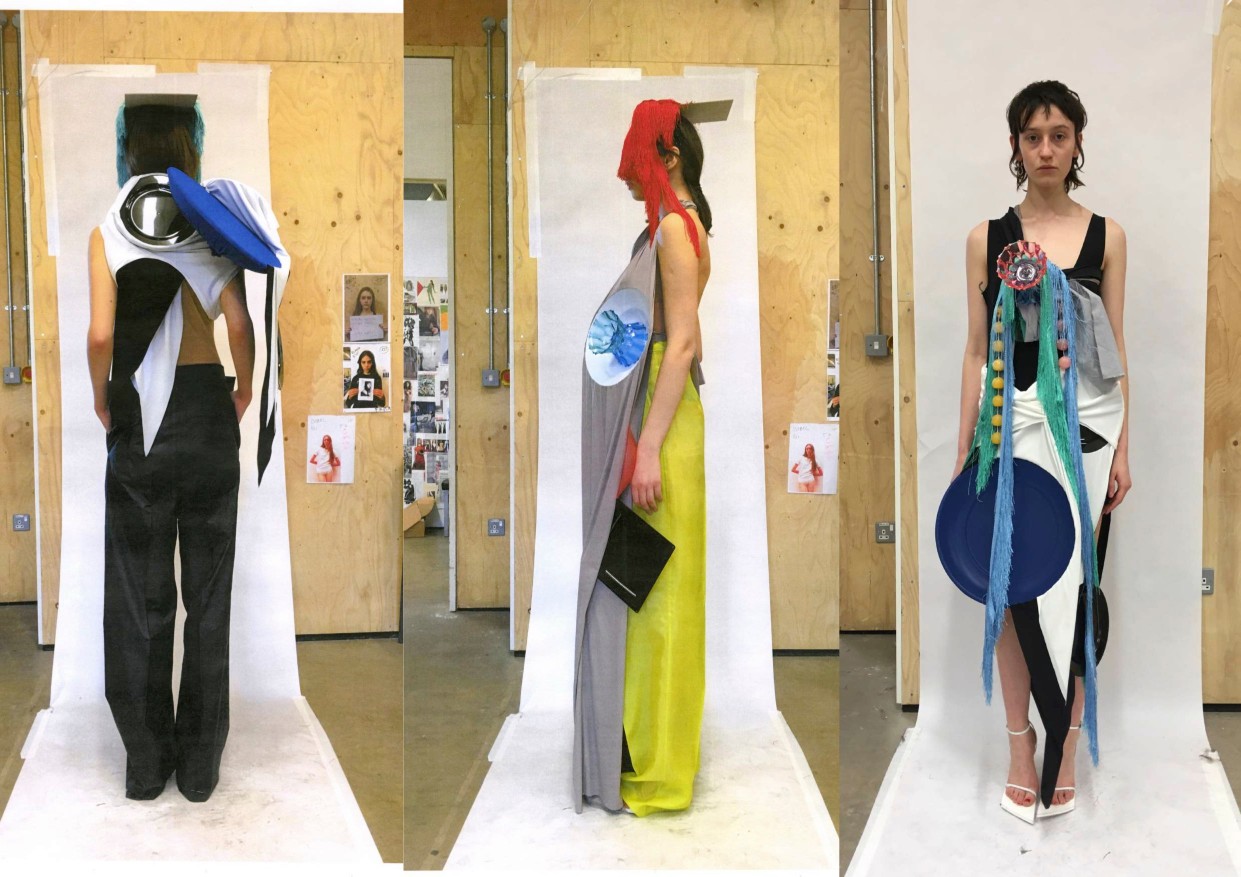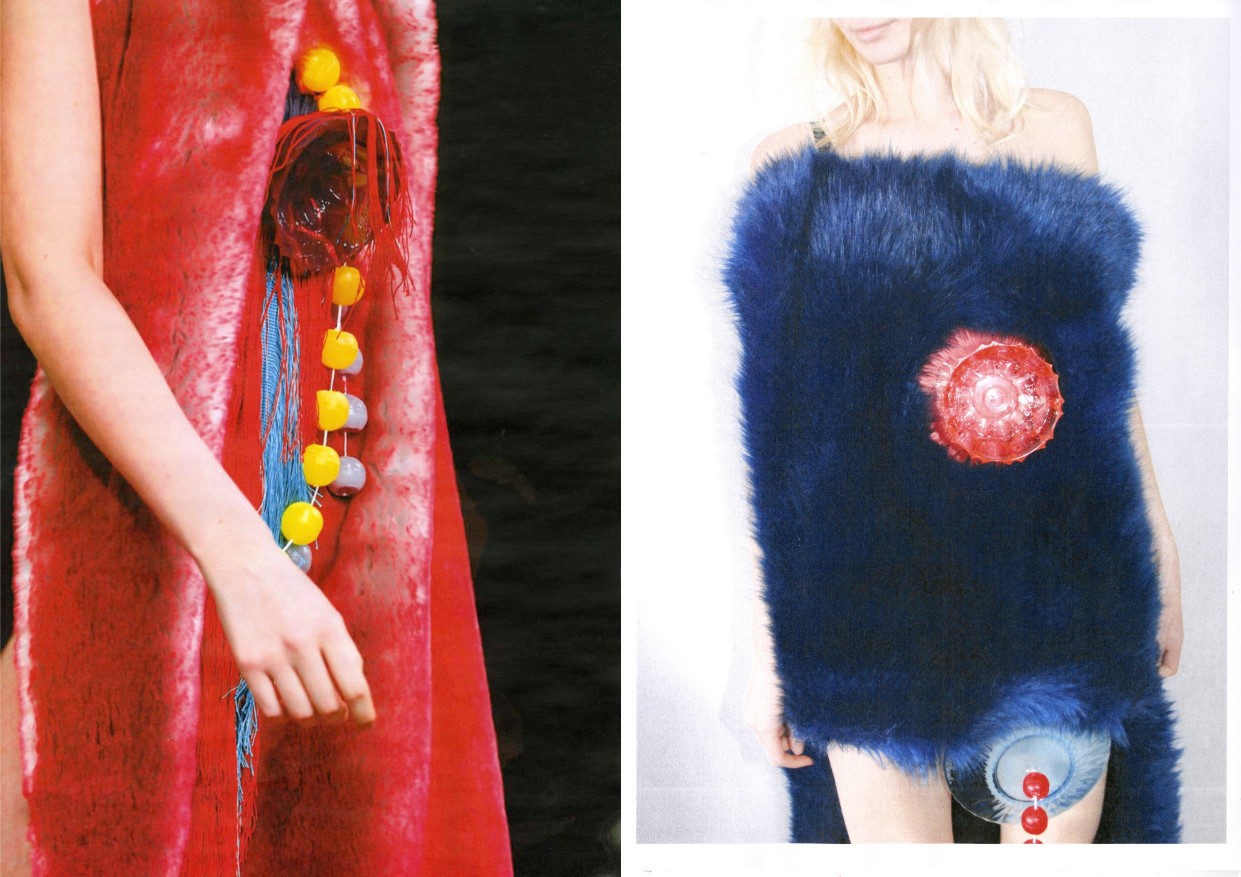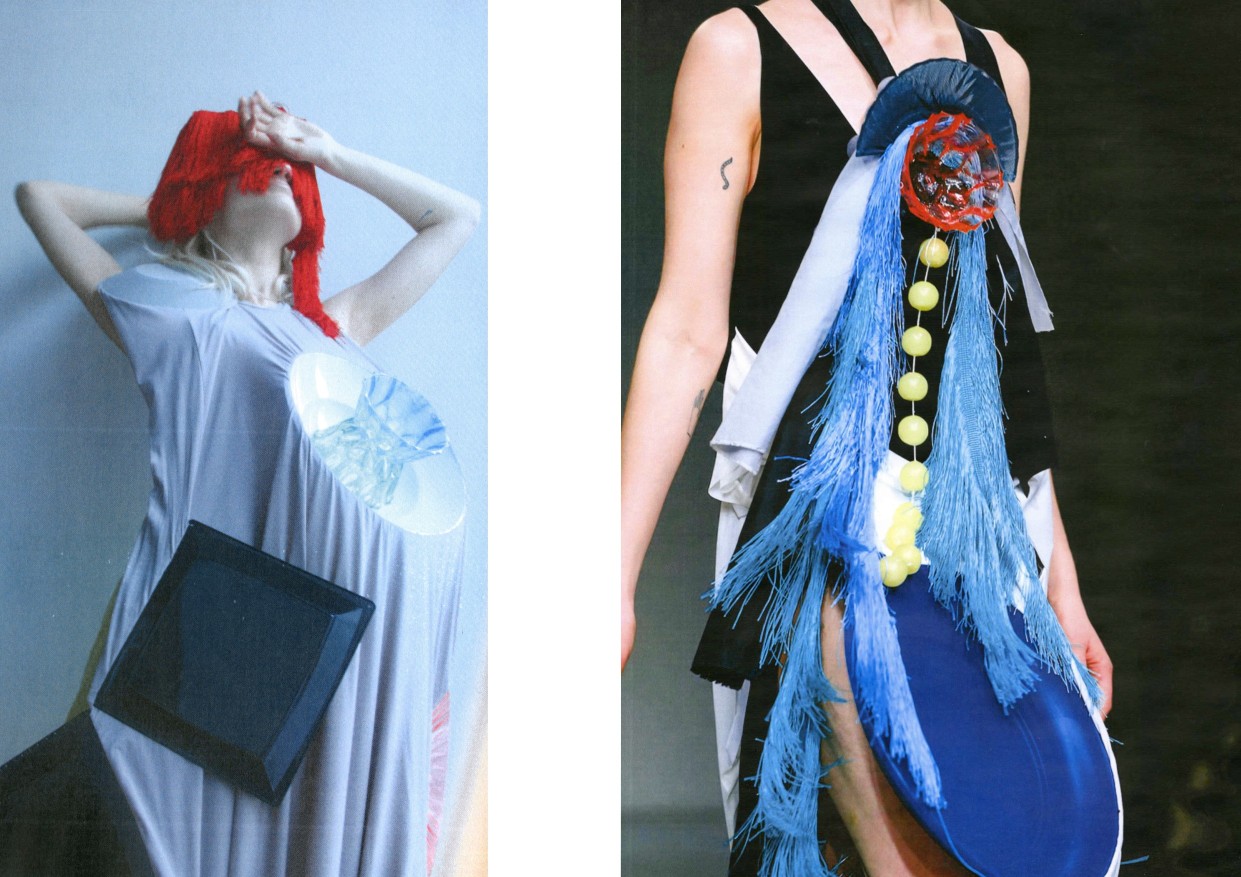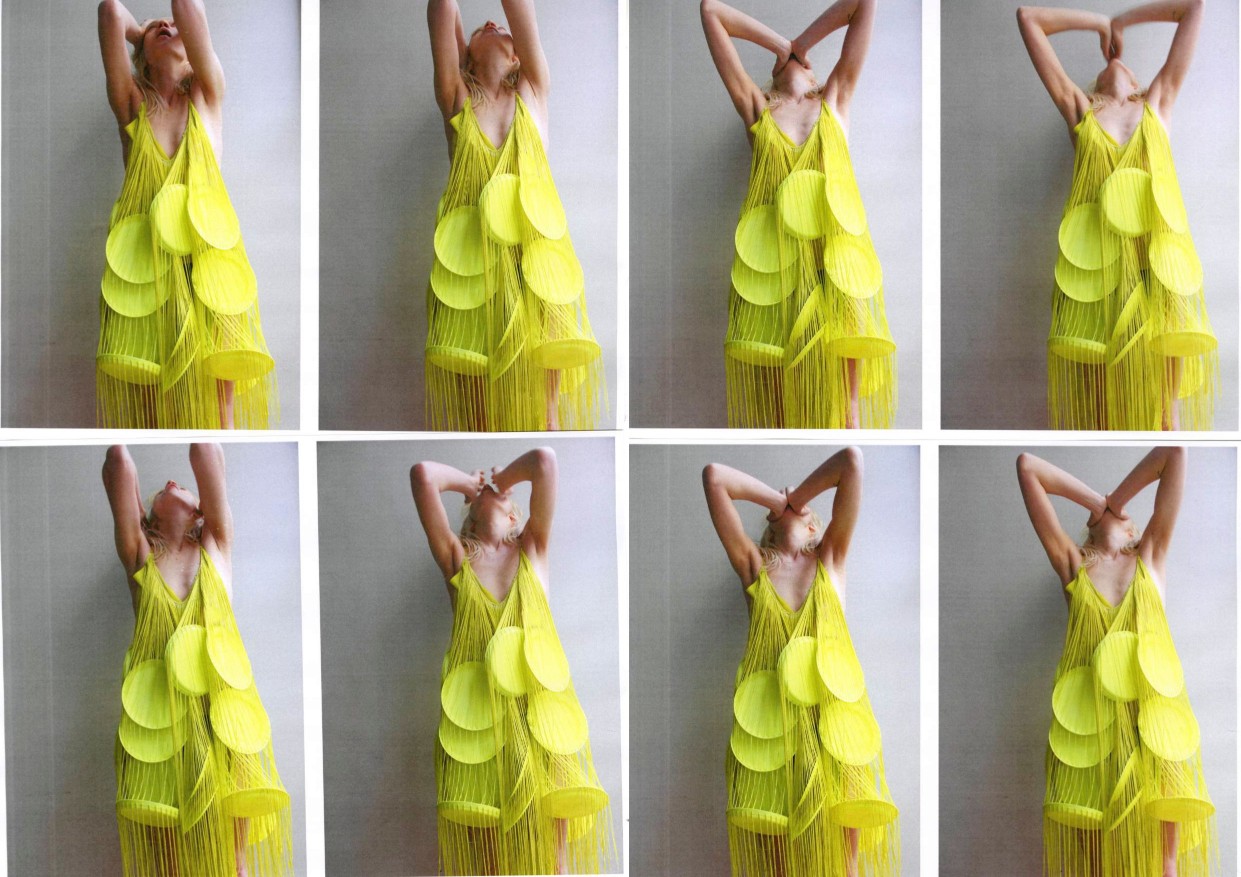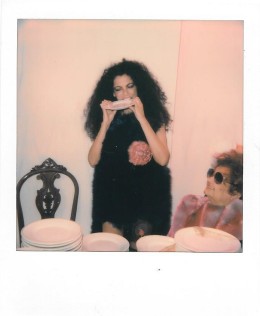“We are both Spanish, we have the same kind of background and we do research in the same way though our women are very different,” says Ernesto. “For the collaborative project, I think our work will complement each other really well. We have a few surprises lined up to separate the two collections!” As for Paula, “The effort of putting together a show is such that when you share that with someone it gets easier,” she says. “I know I couldn’t have done it by myself, maybe I could have, but not to the level where we are expecting to take it.”
It all started with a chance meeting with Vittoria Matarrese, Head of special projects at Palais de Tokyo. The idea of a parallel presentation was floated, with a vision to democratise the fashion system, where the designs and the models or the “live sculptures”, interacted with each other and the audience. “We want to have a dialogue with the visitors,” elaborates Ernesto. “It’s not just a collection where the people are seated staring at the clothes.” What’s even more appealing is the opportunity to get the attention of a diverse crowd that doesn’t frequent fashion weeks. “It will help us to seduce an audience outside the fashion circle,” agrees Paula. “The way they would look at our work would be different.”
Other than creating a synergy between two distinctive bodies of work, the focus is on building a serious, sustainable business that can open up future opportunities. “We don’t want to sell like a 100 pieces,” says Paula. “We want to keep it very tight without compromising on the quality. The main idea is to build long-lasting relationships with the buyers.”



